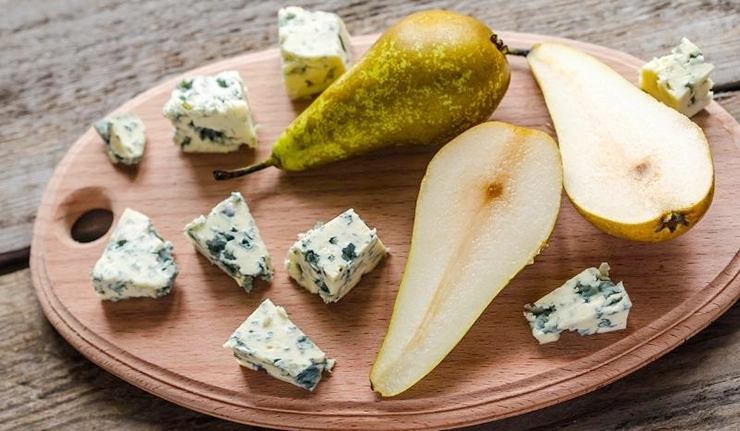
Contrary to popular belief, mold can be a friend to your health when it comes to cheese. Many molded cheeses are rich in calcium, protein, and essential vitamins. These cheeses also contain probiotics, beneficial bacteria that support digestive health and boost immunity. Additionally, the mold present in these cheeses may possess antimicrobial properties, helping to inhibit the growth of harmful bacteria.
What about the safety of eating moldy cheese?
While it’s true that some molds can produce toxins, the molds used in cheese production are carefully selected and monitored to ensure safety. The controlled environment of cheese aging facilities allows for the cultivation of desirable mold species while preventing the growth of harmful ones. As a result, molded cheeses are generally safe to eat, even with visible mold growth on the surface.
Distinguishing between good mold and bad mold is essential for cheese enthusiasts. Good molds, such as Penicillium roqueforti and Penicillium glaucum, are intentionally introduced during the cheese-making process to impart characteristic flavors and textures. Blue cheeses, like Gorgonzola and Stilton, owe their distinct blue veins to these molds, which thrive in the oxygen-rich environment of aged cheese.
On the other hand, bad molds, such as those that cause spoilage or produce harmful toxins, are unwanted contaminants. These molds can result from improper storage conditions or poor hygiene practices during cheese production. However, reputable cheese producers adhere to strict quality control measures to prevent the growth of undesirable molds, ensuring the safety and integrity of their products.
What are the popular molded cheeses?
Roquefort
This French cheese features blue-green veins of Penicillium roqueforti mold, delivering a sharp and tangy flavor profile.
Gorgonzola
Hailing from Italy, Gorgonzola boasts a creamy texture punctuated by pockets of blue-green mold, offering a savory and slightly spicy taste.
Stilton
A British classic, Stilton showcases bold blue veins of Penicillium roqueforti mold, complementing its rich and earthy flavor.
Brie
Originating from France, Brie is a soft, creamy cheese encased in a bloomy rind. While not traditionally known for its moldy appearance, certain varieties, such as Brie de Meaux, may develop a delicate white mold on the rind, enhancing its earthy and buttery flavors.
Camembert
Similar to Brie, Camembert is a soft, creamy cheese with a white, bloomy rind. The mold responsible for its distinctive appearance and flavor is Penicillium candidum, which creates a velvety texture and mild, mushroom-like taste.
Muenster
A semi-soft cheese originating from France but popularized in the United States, Muenster features a smooth, orange rind and a creamy interior. While not typically associated with mold, some artisanal versions may develop a thin layer of edible white mold on the surface, contributing to its complex flavor profile.
The post Why You Should Eat Moldy Cheeses More Often appeared first on The Fashiongton Post.
